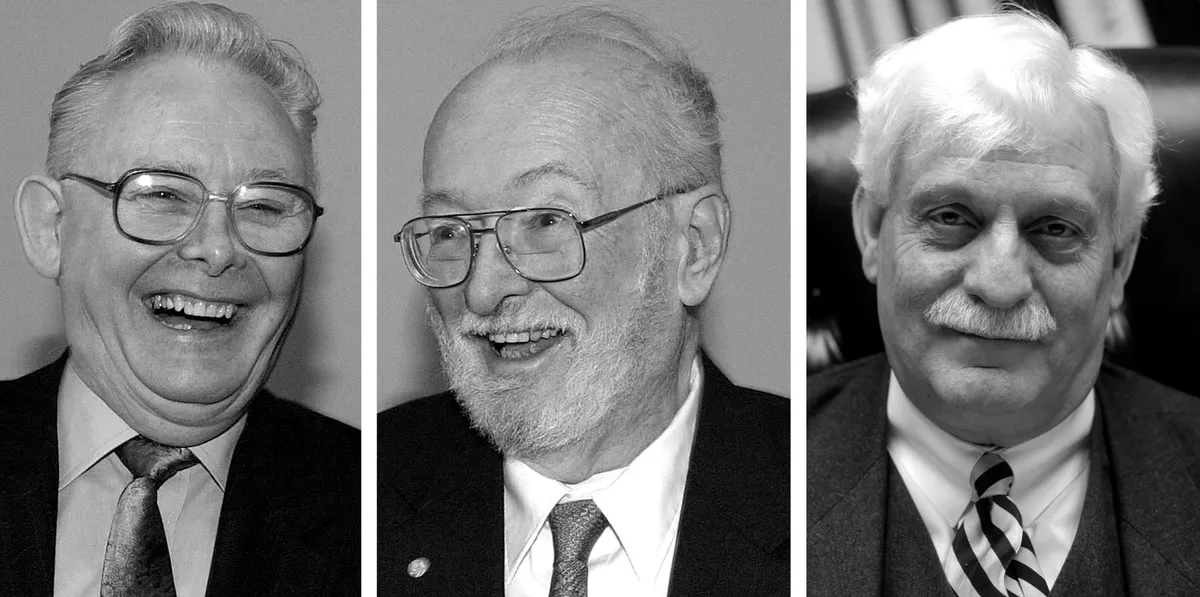With its ability to image the internal organs and functioning of the body without using X-rays, magnetic resonance imaging (MRI) ranks as one of the biggest medical breakthroughs, and its development led to a Nobel Prize in 2003 for two scientists: Paul Lauterbur of the State University of New York and Peter Mansfield of the University of Nottingham.
But within a month of the prize being announced, a full-page advert appeared in The New York Times insisting MRI was actually invented by a New York doctor named Raymond Damadian.
MRI exploits so-called nuclear magnetic resonance (NMR) in which hydrogen nuclei in our bodies are first gripped by powerful magnetic fields, then stimulated into producing radio waves. As these signals are affected by the nature of the tissue, Damadian was among those who thought NMR might help with the early detection of cancer.
By the early 1970s the idea had shown promise, and Damadian was granted a patent for this use of NMR. However, others were already going further, and trying to create clear visual images from the signals. Lauterbur and Mansfield are widely regarded to have carried out the most work towards solving the extremely challenging technical issues involved, turning MRI into the versatile technique it is today.

Read more:
Subscribe to BBC Science Focus Magazine for fascinating new Q&As every month and follow @sciencefocusQA on Twitter for your daily dose of fun facts.